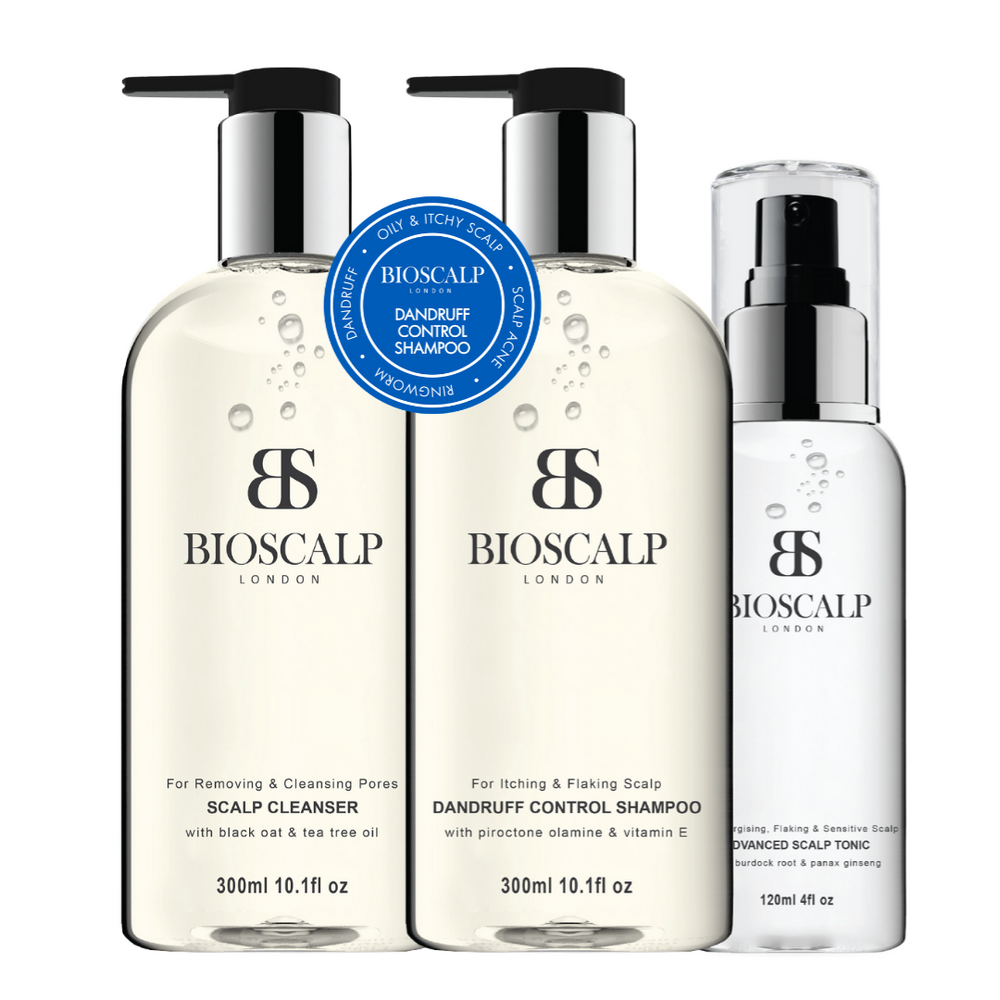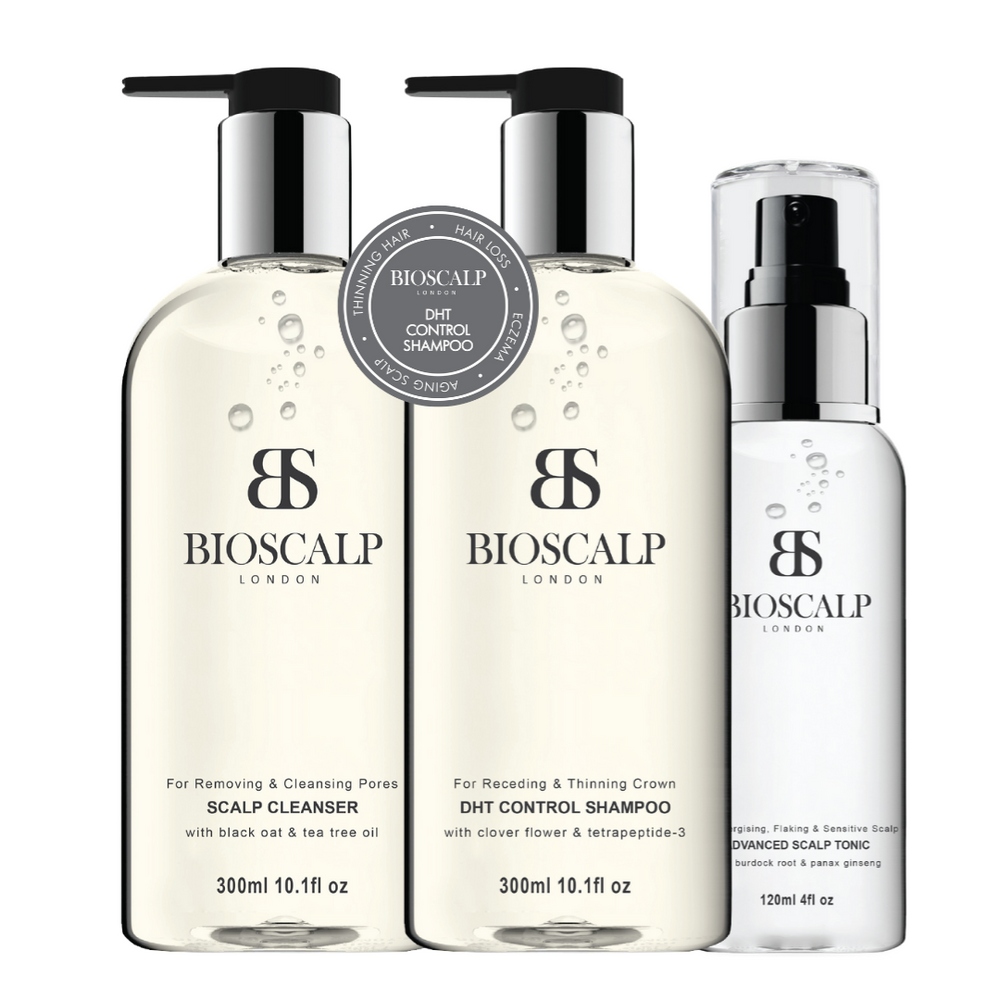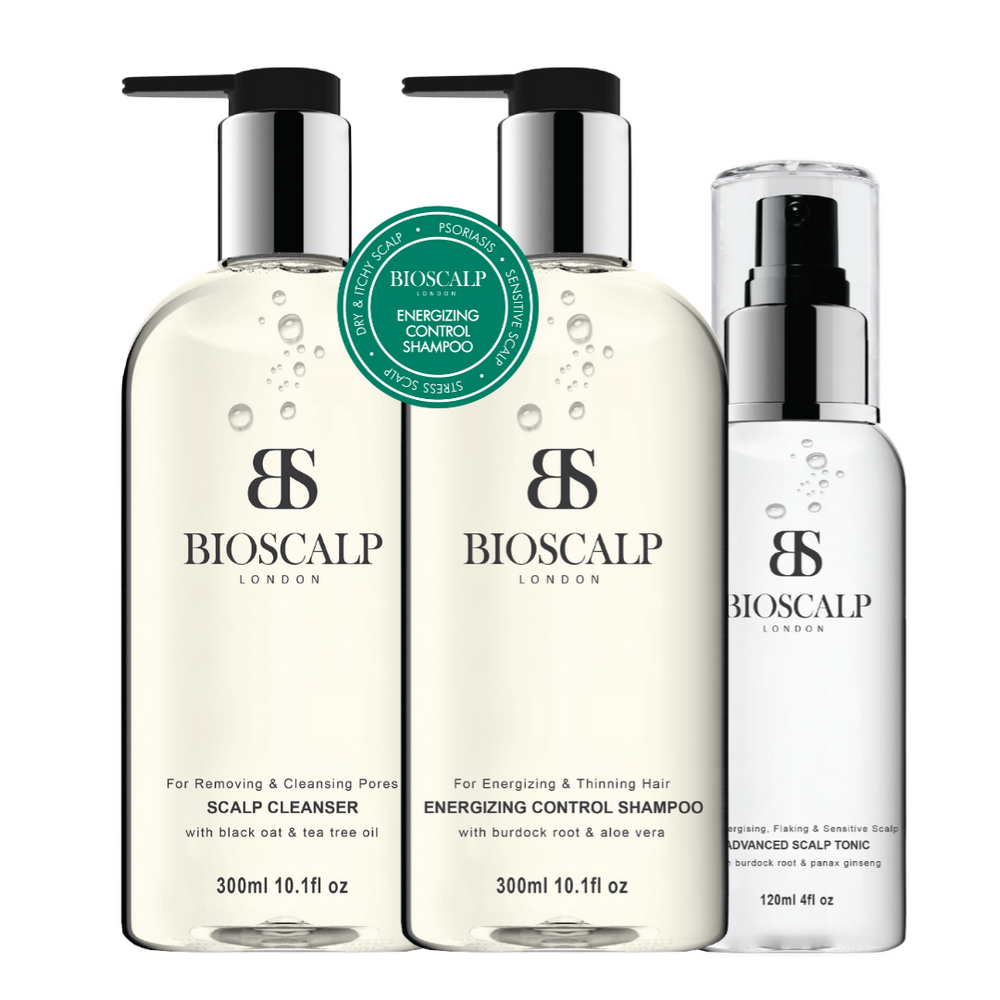Dandruff is a condition that many people experience, often leaving them puzzled about its root causes. Characterized by visible flakes, an itchy scalp, and occasional irritation, dandruff is not contagious or harmful but can be persistent and bothersome. So, why do you have dandruff? Let’s dive deeper into the most common causes to understand how this condition develops.

What Causes Dandruff?
Overgrowth of Malassezia Fungus
A key culprit behind dandruff is the overgrowth of a yeast-like fungus called Malassezia, which naturally exists on most adults' scalps. This fungus feeds on the oils (sebum) produced by the scalp and breaks them down into oleic acid. For some individuals, oleic acid irritates the scalp, triggering an inflammatory response that leads to itching and an accelerated shedding of skin cells. These excess skin cells mix with scalp oils, creating the noticeable flakes associated with dandruff.
Seborrheic Dermatitis
Seborrheic dermatitis is a skin condition closely linked to dandruff. It causes red, inflamed, and oily patches of skin, particularly on the scalp and areas rich in sebaceous (oil) glands. This condition not only increases flaking but also makes the scalp more prone to irritation and itchiness. In individuals with seborrheic dermatitis, dandruff tends to be more persistent and severe.=
Rapid Skin Cell Turnover
In people with dandruff, the process of skin cell turnover—where old skin cells are shed and replaced with new ones—happens much faster than normal. This accelerated cycle leads to an accumulation of dead skin cells on the scalp, which combine with oils to form clumps of visible flakes. This rapid turnover is often triggered by factors like hormonal changes, stress, or scalp irritation.
Dry Scalp
A dry scalp can contribute to dandruff, especially during colder months when the air is less humid. Unlike dandruff caused by oily skin, dry scalp-related flakes tend to be smaller and less oily but are equally irritating. Cold weather, excessive use of hair dryers, or harsh shampoos can strip the scalp of moisture, exacerbating dryness and flaking.
Oily Scalp
Paradoxically, an overly oily scalp can also lead to dandruff. Excess sebum production provides an ideal environment for Malassezia to thrive, resulting in an increase in skin cell turnover and subsequent flaking. Oily scalp-related dandruff may also feel greasy to the touch and is often accompanied by itching.
Sensitivity to Hair Care Products
Some individuals develop dandruff as a reaction to certain ingredients in shampoos, conditioners, or styling products. Ingredients like sulphates, fragrances, and dyes can irritate the scalp and cause contact dermatitis, a type of allergic reaction that leads to redness, itching, and flaking. This is often referred to as “cosmetic dandruff.”

Other Skin Conditions
Certain skin conditions, including psoriasis, eczema, and scalp ringworm (tinea capitis), can produce dandruff-like symptoms. These conditions may cause the scalp to become dry, inflamed, or itchy, and they often require specialized treatment to address the underlying cause.
Hormonal Changes
Hormonal fluctuations, particularly during puberty, can increase sebum production on the scalp, creating a favourable environment for dandruff to develop. This is why dandruff often begins or worsens during adolescence and can continue into adulthood.
Lifestyle and Environmental Factors
Factors such as stress, diet, and infrequent shampooing can also play a significant role. Stress disrupts the body’s natural balance, potentially worsening scalp conditions like dandruff. A diet lacking essential nutrients like zinc and B vitamins can impair scalp health, while irregular hair washing allows oils and dead skin cells to accumulate, providing a breeding ground for Malassezia.

How Can I Manage Dandruff?
Dandruff may be caused by various factors, but it’s a manageable condition with the right care. Start by using a good anti-dandruff shampoo that contains active ingredients like piroctone olamine, zinc pyrithione, ketoconazole, or selenium sulphide. These ingredients target Malassezia, reduce inflammation, and slow skin cell turnover.
For dry scalp-related dandruff, focus on hydration. Use moisturizing scalp treatments like the BioScalp energizing shampoo kit or natural remedies like coconut oil to restore moisture and soothe irritation. Avoid hair products with harsh chemicals or fragrances, as they can exacerbate sensitivity. Regular shampooing is essential to remove excess oils and prevent buildup, but avoid over-washing, as this can strip the scalp of its natural moisture.
Searching for an effective solution? BioScalp’s range of anti-dandruff products is crafted to target dandruff at its source, whether it’s caused by dryness, oiliness, or Malassezia overgrowth. Discover healthier, flake-free scalp care with BioScalp.








